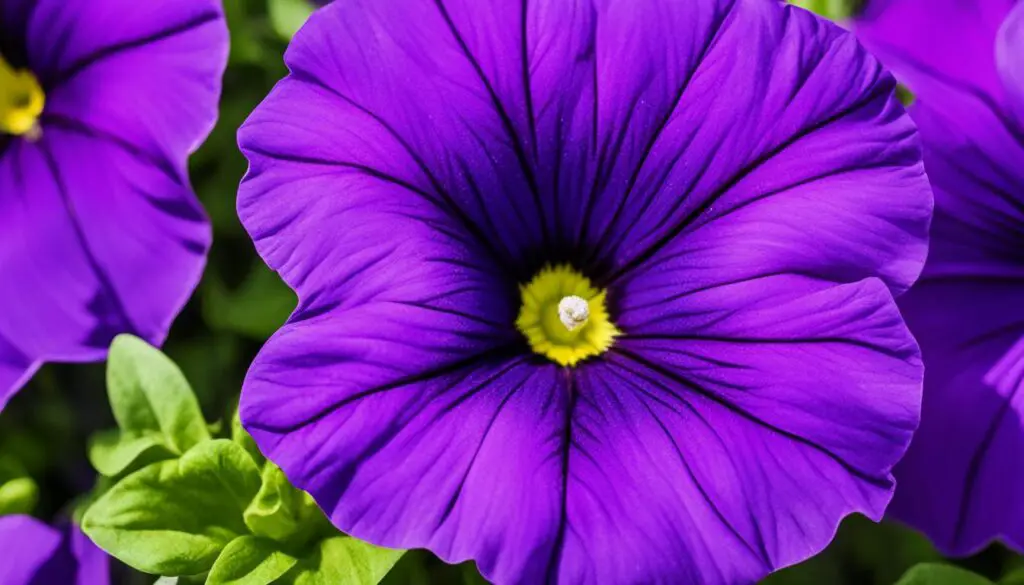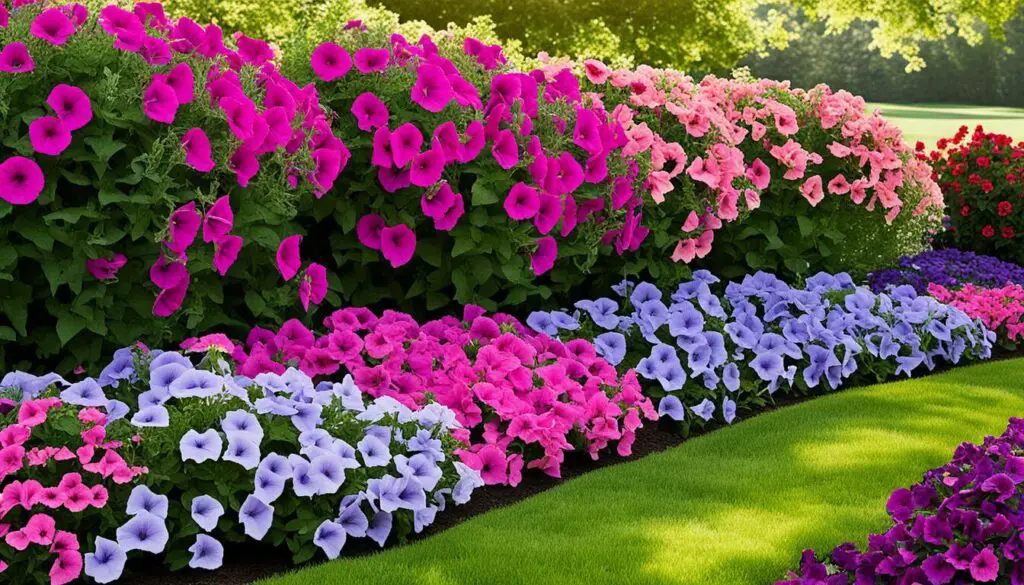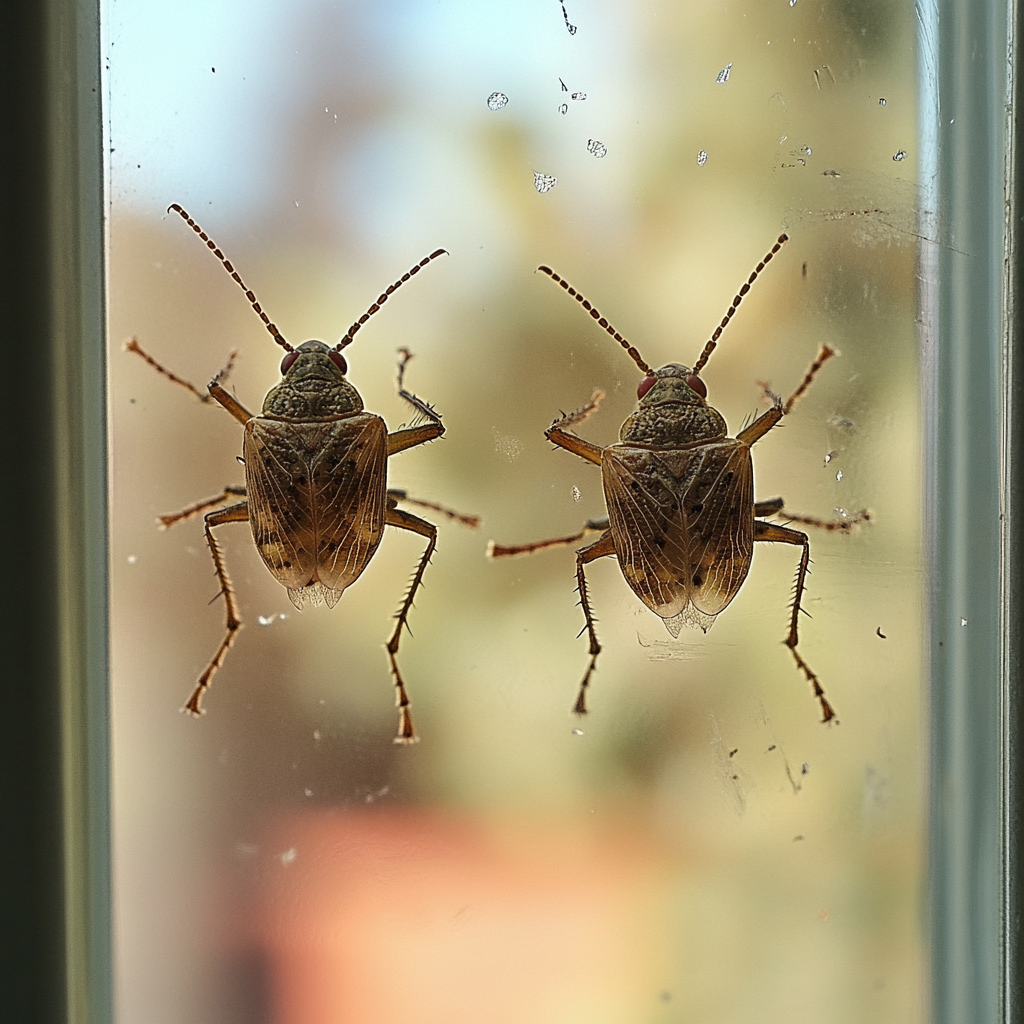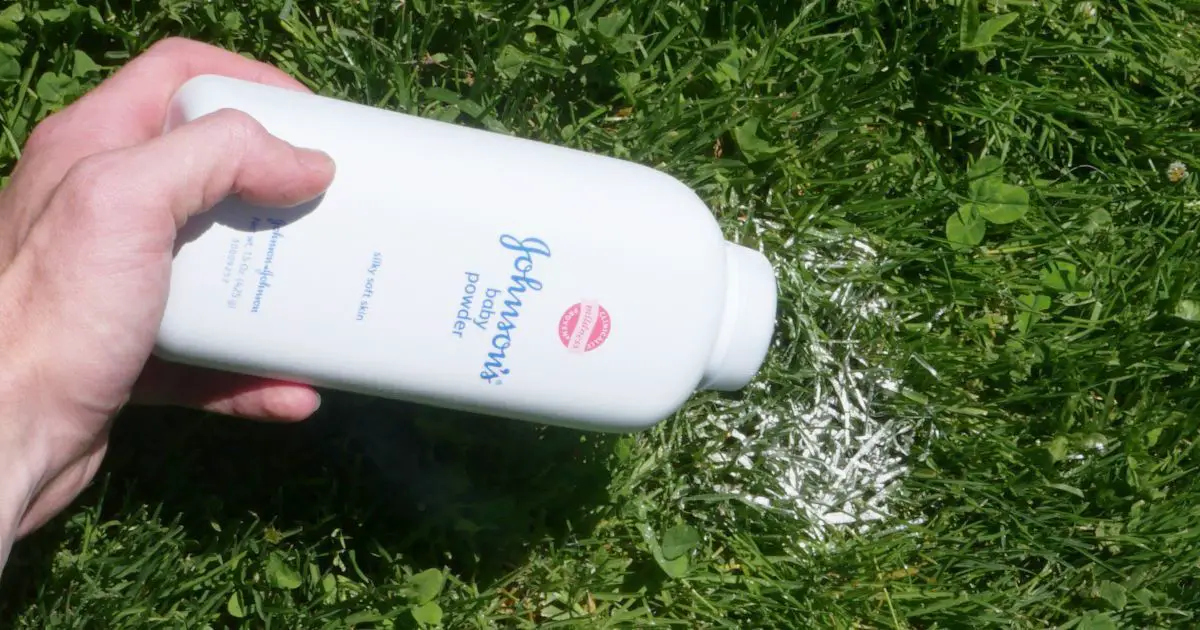Petunias are loved for their bright, long-lasting flowers. They come in many colors, sizes, and types.
This guide will help you grow and care for petunias for beautiful flowers all season. You’ll learn about planting, growing conditions, and care tips to enjoy these happy flowers in your garden.

Key Takeaways
- Petunias can bloom from spring until fall with proper care.
- Petunias need well-draining soil and at least 6 hours of sunlight daily.
- Regular watering and deadheading help them bloom continuously.
- Petunias come in various types, each suited for different conditions.
- Proper spacing and fertilizing prevent issues like root rot and mildew.
Basics: Planting and Growing Petunias
Petunias are technically tender perennials but are usually grown as annuals because they can’t handle frost.
They come in many types, from small mounds to long spreaders up to 4 feet wide. All petunias love full sun, needing at least 6 hours of sunlight each day.
Plant Hardiness and Growth Habits
Petunias are technically tender perennials but are often grown as annuals because of their frost sensitivity.
They have a variety of growth habits, from small mounds to long spreaders up to 4 feet wide. All petunias need a lot of sunlight to grow well.
Ideal Growing Conditions
Petunias do best in well-draining, slightly acidic soil that’s rich in organic matter. When planting, pick a spot that gets at least 6 hours of direct sunlight a day.
They grow well in warm temperatures between 55-80°F and can handle some drought. But, they’ll bloom more if you keep the soil moist, watering when the top inch feels dry. Good drainage is key to prevent root rot and other diseases.
| Petunia Requirement | Ideal Condition |
|---|---|
| Soil Requirements | Well-draining, slightly acidic soil (pH 6-6.5) enriched with organic matter |
| Sunlight Exposure | Full sun, at least 6 hours of direct sunlight per day |
| Temperature Range | 55-80°F |
| Watering | Consistent moisture, water when top inch of soil becomes dry |
| Drainage | Proper drainage to prevent root rot and fungal diseases |
By giving petunias the right conditions, gardeners can make sure these bright flowers do well and bloom a lot all season.
Grow A Petunia and Care: Essential Tips
Watering and Fertilizing Needs
Petunias need regular watering to do well. Water them about once a week, keeping the soil moist but not too wet. If you’re growing petunias in pots, you might need to water them every day when it’s hot and dry.
To make sure they bloom a lot, feed your petunias with a balanced fertilizer every 2-3 weeks during the growing season.
Don’t use fertilizers too high in nitrogen, as they can make the plant focus on leaves instead of flowers.
Pruning and Deadheading
Keeping your petunias tidy with regular pruning and deadheading is a good idea. Deadheading, or removing spent flowers, helps the plant make more blooms instead of seeds. But, some petunias, like the Supertunias, don’t need deadheading.
Trimming back tall or sprawling plants by about one-third can also help. This makes them look better and encourages more flowers and growth.

“Petunias are long-blooming plants, producing colorful flowers from planting to hard frost when cared for correctly.”
| Petunia Care Aspect | Recommendation |
|---|---|
| Watering | Water about once a week, keeping soil consistently moist but not soggy. Container-grown petunias may need daily watering. |
| Fertilization | Apply a balanced, water-soluble fertilizer every 2-3 weeks during the growing season. Avoid high-nitrogen fertilizers. |
| Pruning | Periodically prune leggy or overgrown plants by up to one-third of their height to rejuvenate and stimulate new growth. |
| Deadheading | Remove spent flowers to encourage more blooms, except for self-cleaning varieties like Supertunias. |
Popular Petunia Varieties and Types
Petunias come in many colors, sizes, and growth habits. They offer gardeners a wide range of choices.
From compact milliflora types to sprawling varieties, there’s a petunia for every garden. Let’s look at some popular petunia varieties and their unique traits:
Supertunia Series
The Supertunia series is famous for its bright, long-lasting flowers. They can grow up to 24 inches tall and spread 3 to 5 feet wide.
These petunias are part of the Proven Winner plant line. They are weather-tolerant and easy to care for.
Surfinia and Cascadia Series
Surfinia and Cascadia petunias are great for their trailing habit and bright colors. They spread or trail about 18 inches. These varieties are perfect for hanging baskets and container gardens because of their cascading growth.
Night Sky Petunia
The Night Sky petunia is special with its unique speckled pattern. It adds a mesmerizing touch to any garden. Whether you like bold colors or delicate, mixed blooms, the Night Sky petunia is a standout choice.
Wave and Tidal Wave Series
Wave petunias grow quickly, covering a lot of ground in one season. They can spread up to 4 feet or more. The Tidal Wave series tends to stay upright, unlike the regular wave petunias.
From compact milliflora types to sprawling, trailing varieties, petunias offer many options for gardeners. Whether you want a vibrant display or a cascading effect, there’s a petunia for you. They will delight your senses and enhance your garden.
| Petunia Variety | Flower Size | Growth Habit |
|---|---|---|
| Grandiflora | 4-5 inches | 8-12 inches high |
| Multiflora | 2 inches | Compact |
| Milliflora | 1-2 inches | 8 inches tall and wide |
| Wave | 3-4 inches | 6 inches tall, 4 feet wide |
| Supertunia | 3-5 inches | 24 inches tall, 3-5 feet wide |
| Surfinia/Cascadia | 3-4 inches | 18 inches trailing |
| Floribunda | 2-4 inches | Hybrid of grandiflora and multiflora |

“Petunias are a gardener’s delight, offering endless possibilities for vibrant, eye-catching displays in the landscape.”
Design Ideas: Using Petunias in the Garden
I love how petunias can change any outdoor area. They can brighten up beds, borders, containers, and hanging baskets. With their many growth styles, they’re great for making your garden stand out.
Using petunias in containers is a favorite of mine. They look amazing in window boxes, big urns, or hanging baskets.
I enjoy mixing different types like Supertunia Vista Bubblegum or Supertunia Royal Velvet for eye-catching looks.
Petunias aren’t just for containers; they’re great for the landscape too. Planting them in beds or borders makes a garden lively and interesting. Mixing them with other plants lets me create unique and beautiful garden designs.
FAQ
What are the key characteristics of petunias?
Petunias are loved for their bright, long-lasting flowers. They come in many colors, sizes, and types. Even though they are technically perennials, they are usually grown as annuals because they can’t handle frost.
What are the ideal growing conditions for petunias?
Petunias need full sun to do well, getting at least 6 hours of direct sunlight daily. They like soil that drains well and is a bit acidic, rich with organic matter. They grow best in warm weather, between 55-80°F.
How do I water and fertilize petunias?
Petunias can handle some drought but bloom more with regular watering. Water them when the top inch of soil feels dry. For lots of flowers, use a balanced, water-soluble fertilizer every 2-3 weeks when they’re growing.
How do I maintain petunias?
Removing dead flowers helps petunias bloom more. Cutting back tall or sprawling plants by a third can make them look better and encourage more flowers and growth.
What are some popular petunia varieties?
Popular petunias include the Supertunia series for their bright, lasting flowers. The Surfinia series is great for hanging baskets because of their cascading look. The Night Sky petunia is known for its unique, speckled pattern.
How can I use petunias in my garden design?
Petunias are versatile flowers that can brighten up your garden in many ways. Plant them in beds, in containers, or hang them in baskets. Grouping them can create a beautiful, unified look.



